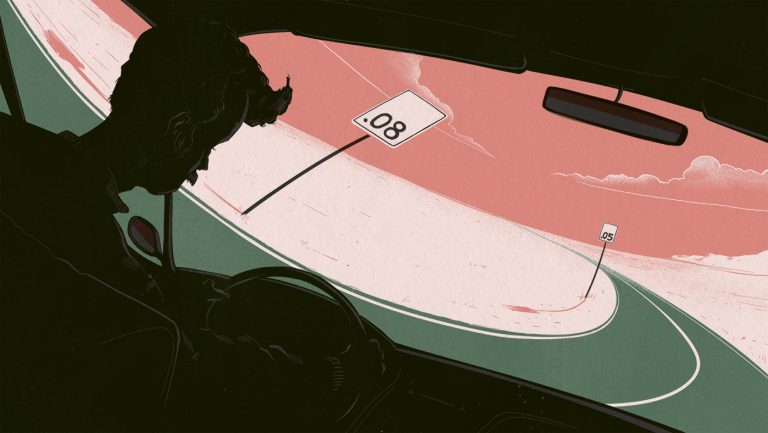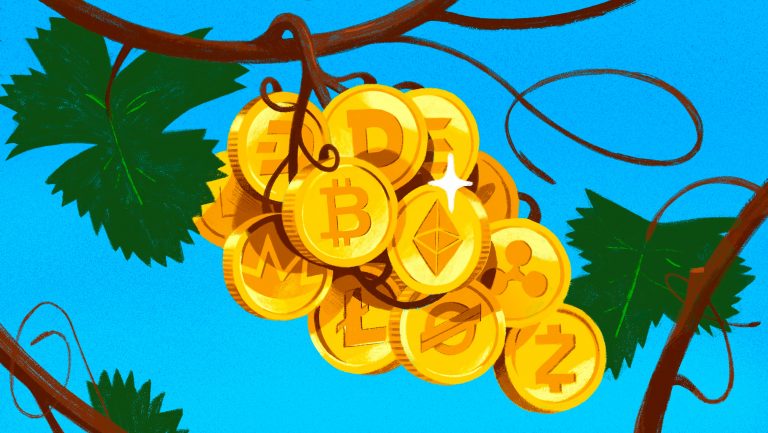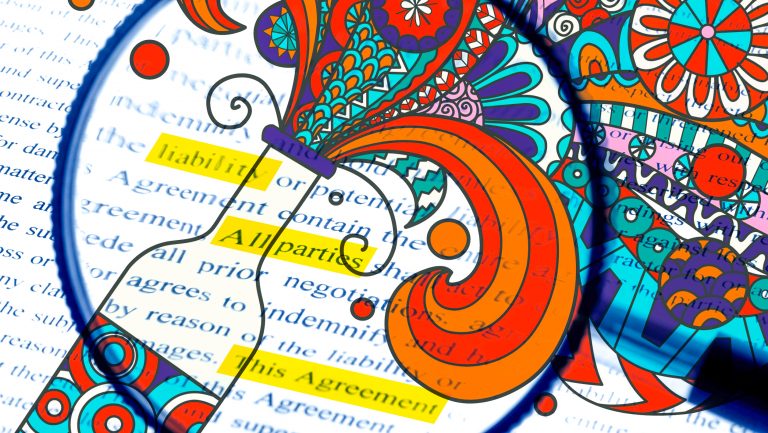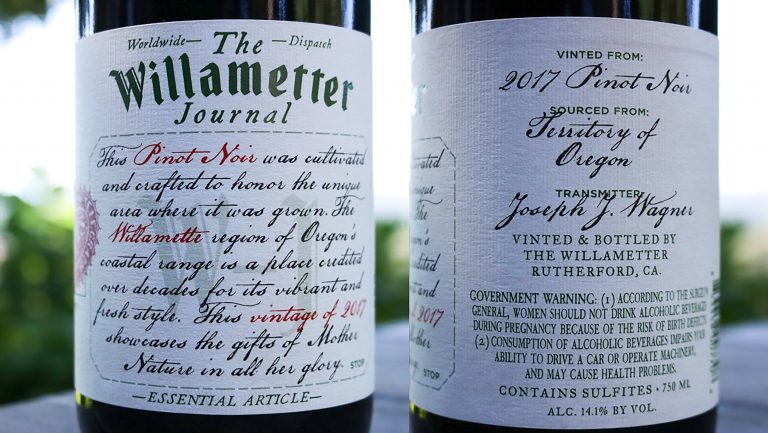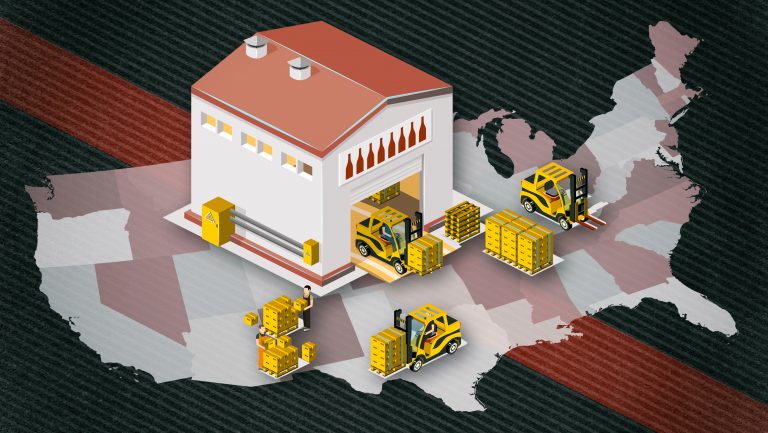In early 2015, Scottish pub owner Frank Murphy noticed that the after-work crowd was thinning out a lot earlier than usual at his Glasgow whisky bar, The Pot Still. Typically, downtown office workers would swing by for a couple of wee drams before heading home. But for many, particularly those who parked at their local railway stations for their daily commutes, it was no longer an option. Scotland had, in December 2014, lowered the legal definition of “drunk” from the U.K.-wide limit of .08 percent to .05 percent blood alcohol concentration (BAC). Drivers who consumed little more than a pint of beer or an ounce of a neat spirit could find themselves on the wrong side of the law, even when a 30-to-45-minute train ride separates them from their cars. “It has had a detrimental effect in Scotland and there is no easy political way back from it,” Murphy says.
Consumption habits on the other side of the Atlantic may be of little concern to most American drinkers, but, like it or not, the .05 legal threshold for driving has already crossed the pond. Last spring, Utah became the first state to vote in favor of lowering the limit from .08, a change that’s slated to take effect at the end of 2018. A number of other states—including Hawaii, Kentucky, New York, South Carolina, Vermont, and Washington State—have introduced but have yet to pass such measures.
The National Transportation Safety Board (NTSB) first called for states to adopt the .05 limit in 2013, asserting that lowering the threshold not only saves lives but has no visible impact on the beverage alcohol business. NTSB member T. Bella Dinh-Zarr cites a National Institute of Health-sponsored study that projects what would happen if every U.S. state were to lower the legal limit to .05. The study estimates that there would be a decrease of about 11 percent in traffic deaths each year, saving 1,790 lives annually.

Don’t miss the latest drinks industry news and insights. Sign up for our award-winning newsletters and get insider intel, resources, and trends delivered to your inbox every week.
Much of the projection is based on data from countries that already have implemented the .05 limit. That includes around 100 countries across the world, including those with classic beverage alcohol cultures like Ireland, Italy, France, the Netherlands, and Australia. The BAC limit remains at .08 in most of the United Kingdom, with the notable exception of Scotland, which lowered it to .05 at the end of 2014. It’s an even lower .03 in Japan.
“Alcohol consumption is about the same or higher [in those places] than in the U.S.,” says Dinh-Zarr. “They’re still drinking the same. The only thing that’s lower is their alcohol-related deaths.”
But American Beverage Licensees (ABL), a trade group that represents bars and alcohol retailers, says a change in the legal limit does more to punish moderate drinkers than it does to reduce drunk driving, considering that the biggest drunk driving offenders tend to have BACs well above the current legal limit. With a .05 limit, a driver whose BAC is between .06 and .08—a moderate drinker who’s had one or two drinks—would now be breaking the law. ABL points to the research of another industry-supported organization, the Foundation for Advancing Alcohol Responsibility (FAAR). FAAR found that 69 percent of drunk driving fatalities where there is a known alcohol test result for the driver involved a BAC of .15 or higher.
“Any time you diminish the number of law-abiding social drinkers—be it through policy initiatives, fear tactics, or otherwise—there is going to be a negative economic impact on the hospitality industry and the jobs and benefits in communities throughout the country,” says ABL executive director John Bodnovich.
If we look to Scotland for clues as to how a lower BAC may affect drinking culture in America, we can expect that the on-premise impact will be most pronounced in rural areas, where driving is usually a necessity, taxis are few and far between, and Uber and Lyft are nearly nonexistent.
The Pot Still’s Murphy, who also sits on the Scottish regional council of the British Institute of Inn-Keeping, has witnessed severe effects on pubs outside of major cities, particularly food-based ones. “My friend had a pub in his village, where he was the only one and the villages [on] either side did not have a pub,” Murphy recalls. “So he maintained the trade by being able to appeal to three villages of potential customers. When the new limit came in in December 2014, he was no longer able to rely on the other villages.”
Additionally, he says, food customers may be inclined to drive farther for a nice meal, but if the driver can’t have a drink, they’ll often choose a more local option to allow everyone in the party to enjoy it.
“My friend closed the pub at the end of January 2015, mainly due to the drop in trade, especially over December, which is normally the busiest month for pubs.”
Whether a similar scenario actually plays out in Utah or any subsequent state that ends up adopting a .05 BAC limit remains to be seen.
Cortney Johanson, owner of 350 Main and The Spur Bar & Grill in Park City, Utah, isn’t too worried about it. She explains that most of the clientele in the famous ski town’s peak winter tourist season aren’t likely to get behind the wheel; those customers—especially millennials and Gen-Xers—tend to use ride-sharing apps. “The other months, it’s a more local crowd and a lot of them are coming from outside of town and there’s been a little bit of moaning there,” she says. “But people have gotten away from driving anyway and are taking Uber and Lyft, regardless of whether they’re even drinking, so I don’t really stress out about it that much.”
Johanson has tested her BAC on a personal breathalyzer and says the new limit isn’t as restrictive as many might think. “I feel pretty drunk at .03 and .05,” she says. “I don’t know if I’d personally drive at .08. I don’t know if people really know what their limit is and it’d be interesting for them to test it on a breathalyzer.”
Rob Sergent, the managing director of Park City’s Alpine Distilling, a craft spirits distiller whose products are distributed to bars and retailers primarily within Utah, says he’s not concerned about the .05 limit’s impact on his business either. “I think the state is operating from a place of concern for safety and to that end, I agree,” he says, adding that he hopes the state spends as much time on texting and driving and other safety issues. For those who are concerned—or just curious—about their BAC levels, Alpine Distilling offers breathalyzer key chains for purchase in its Park City tasting room. Sergent explains, “We sell breathalyzers more as a point of information for those who choose to imbibe, whether at home, [at a] neighbor’s, or [during] a night on the town.”
For its part, the NTSB assures the beverage industry and the public that its goal is not to create a nation of teetotalers but to separate driving from drinking—a less complicated task than it used to be, thanks to the Ubers and Lyfts of the world.
Dinh-Zarr believes that choosing to drink or not drink should be a personal decision. “But what shouldn’t be a personal decision,” she says, “is whether you get behind the wheel [after drinking].”
She notes that there are a lot of misperceptions surrounding the NTSB’s efforts to lower the BAC limits. “People think we’re trying to eliminate drinking,” she explains. “We’re not. We’re just trying to save people’s lives.”
And that objective is one that the industry shares.
“We’re focused first on being part of the solution for drunk driving,” ABL’s Bodnovich asserts. “Beverage licensees don’t view drunk driving as a dollars-and-cents issue and don’t seek to benefit from it.”
The beverage alcohol industry and government agencies generally agree that public safety and profitability aren’t mutually exclusive. The way forward, it seems, is for the two sectors to collaborate on policies that find the right intersection between effective legislation and good business. But that can be just as complicated as the problems they seek to solve.
“Beverage retailers support comprehensive solutions—not singular mandates—that recognize that each state is different when it comes to best applying their resources to fight drunk driving,” says Bodnovich. ABL says the bigger priority is keeping problem drinkers—those habitually well over the legal limit—off the road. The organization also seeks to work with both public policy makers and private businesses—including trading partners on all three tiers of the alcohol industry—to combat not only drunk driving, but drugged and distracted driving as well.
He also worries that “moving the goalposts” with a .05 mandate is a step toward a .00 percent law down the road. “The beverage industry has long supported the enforcement of current laws,” he says, “and I expect it will continue to do so.”
Of course, he indicated, the industry will fight tooth and nail to keep the legal limit from ticking down any closer to zero.
For now, we can all expect a noisy, spirited debate, over something as superficially simple as three-hundredths of a percentage point.

Dispatch
Sign up for our award-winning newsletter
Don’t miss the latest drinks industry news and insights—delivered to your inbox every week.
Jeff Cioletti is a former editor in chief of Beverage World magazine and the author of the books The Drinkable Globe, The Year of Drinking Adventurously, Beer FAQ, and the upcoming Sakepedia. He’s a Certified International Kikisake-shi (sake sommelier).

